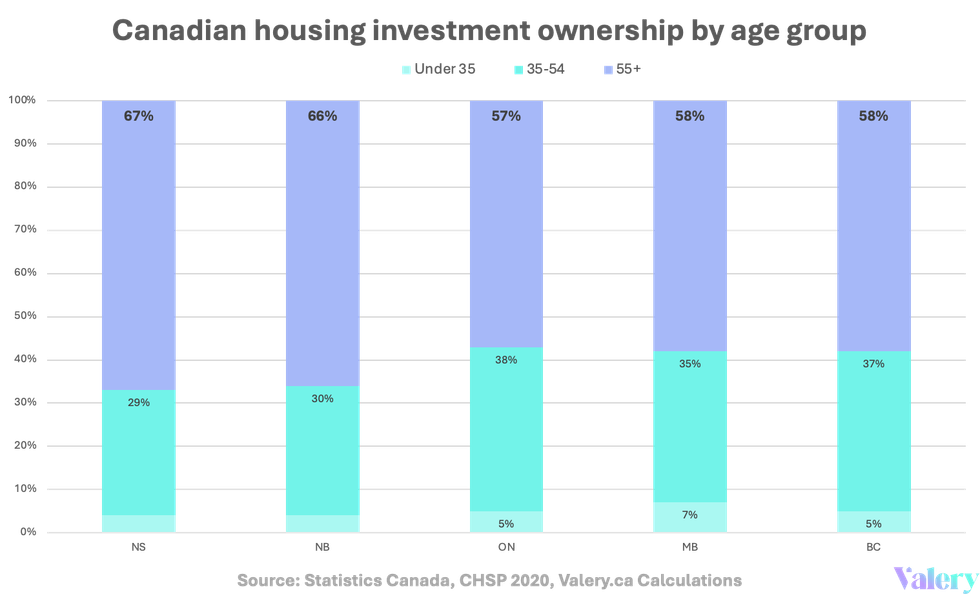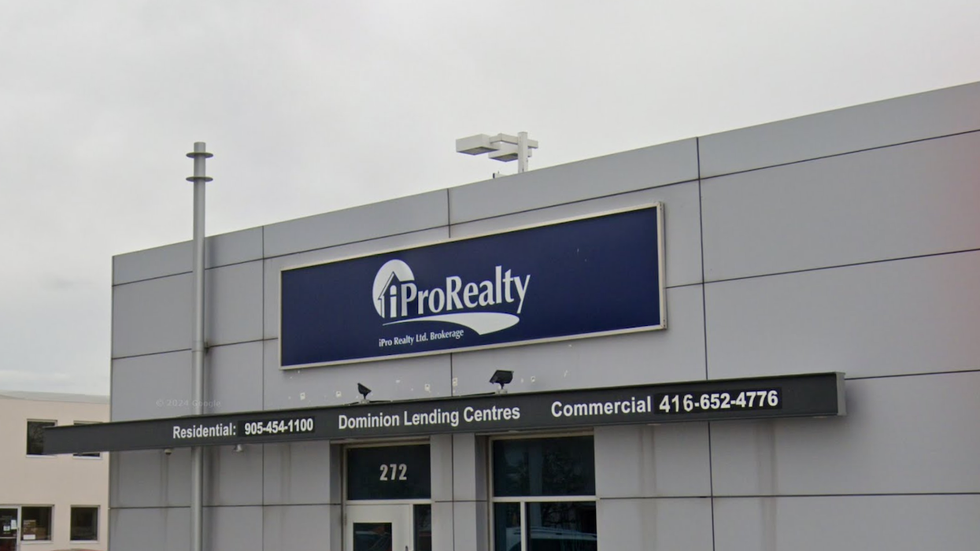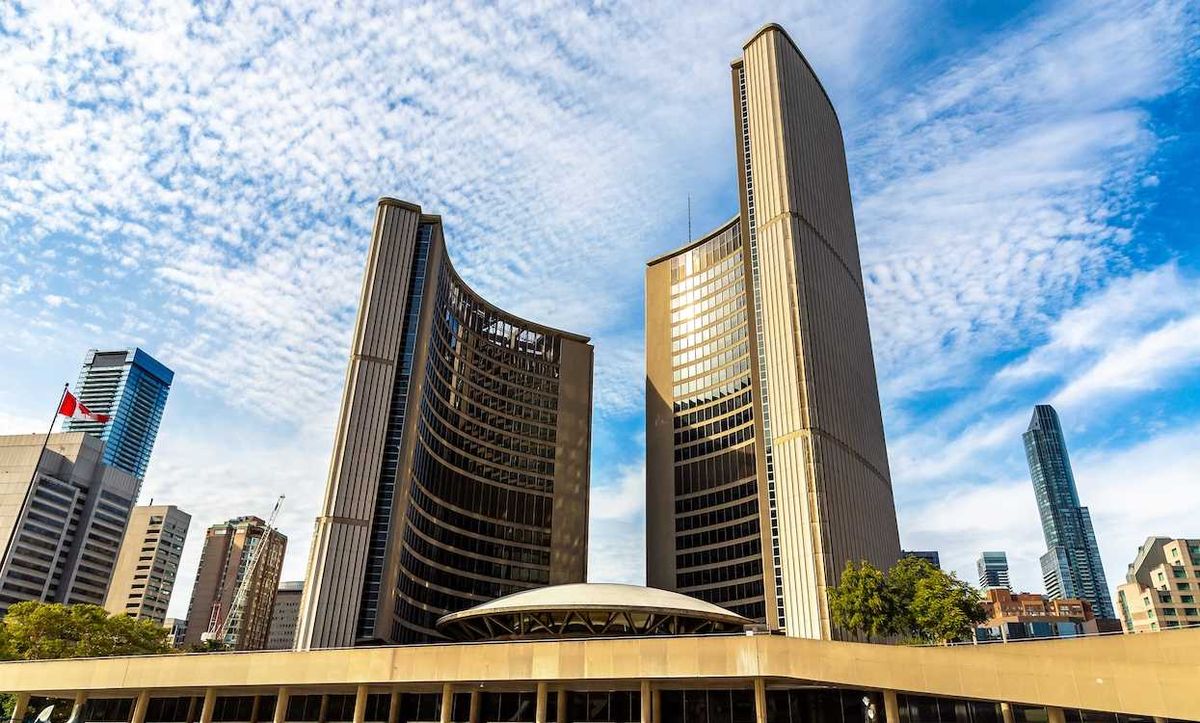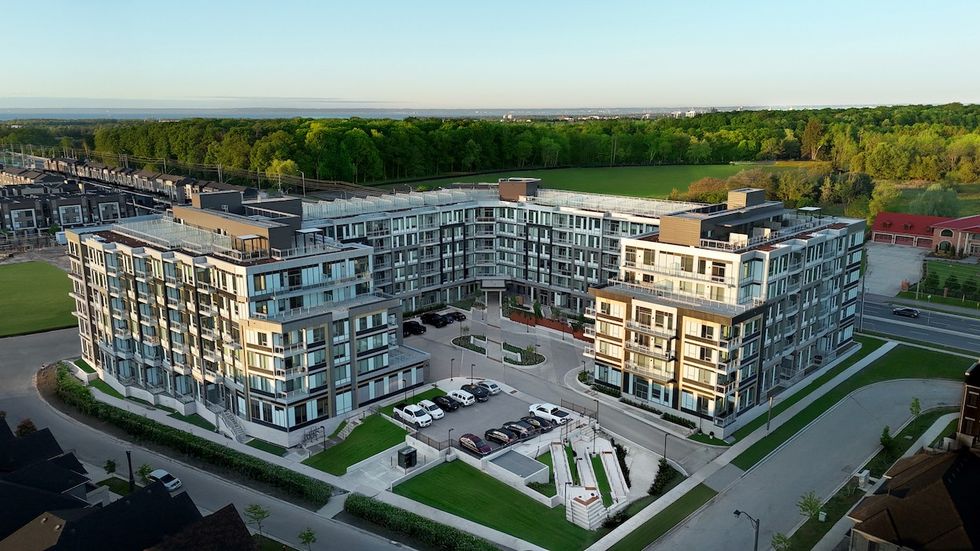In the days following Conservative leader Pierre Poilievre's Sunday reveal of his Canada First Reinvestment Tax Cut, the proposal has been widely met with praise from those across the real estate and development industries.
The policy, introduced 27 days out from the federal election, proposes to defer the capital gains tax when you sell an asset and reinvest the profits in Canada. Profits would only be taxed if you were to cash out on your investment or move it outside of Canada, creating an incentive to sell foreign investments and reinvest the proceeds in Canada, explains the press release.
“The current capital gains tax locks-up investment in old assets, because selling them would force a big bill,” said Poilievre. “So, they do not sell and reinvest in homebuilding, small businesses, technology, manufacturing and more. Allowing reinvestments without tax will unlock billions to immediately begin building, hiring, investing and growing.”
Poilievre has framed his policy as a trial run, making the tax deferral available on reinvestments until the end of 2026. If successful, he plans to make the break permanent.
While the tax break is intended to boost productivity across the board, those in real estate and development are highlighting how the policy could unlock land for development and free up capital for reinvestment in real estate by incentivizing land and homeowners to sell assets they otherwise would have sat on.
Chris Spoke, Partner at multiunit rental developer Toronto Standard, says the tax deferral will make it easier for developers to acquire development land. "Often, when we're buying sites — these could be commercial properties or a plaza or parking lots or whatever — one of the main barriers to motivating the sellers to want to sell, or the owners to want to sell, is that they'll be hit with the capital gains tax, and so they'd rather just sit on it," he tells STOREYS.

On the other side of the equation, the seller gets to keep their profits and reinvest them in a Canadian investment. "It just adds more liquidity to the market," says Spoke. "You have more sites getting put into use and more money flowing. Generally speaking, that should lead to more housing construction.”
But one industry expert, President and Broker of Record at Realosophy Realty John Pasalis, is wary that the policy will worsen housing affordability by driving equity-rich Boomers to sell businesses or existing real estate to buy up single-family homes as rental investments, encouraging speculative investment in real estate, driving up prices, and shutting young Canadians out of the housing market.
“We have a system in Canada that is already very highly biased and incentivizes people buying single-family homes as investment properties," Pasalis tells STOREYS. "Homeownership rates are falling, more and more homes are owned by investors than families, and what this [policy] does is it just supercharges that, because you now have this massive tax advantage to buy up even more homes because you don't have to pay capital gains tax."

On top of that, Pasalis warns that it won't help with productivity. "It's pushing more of our capital into unproductive investments that extract value," he says.
But Spoke argues that the benefits would outweigh the few Boomers who take advantage of the tax break. “If you had a fixed pie of houses and this policy were proposed, I think that would be a valid concern. But we don't have a fixed pie. We have the ability to develop new housing,” says Spoke. “The supply effect of unlocking these sites, of unlocking these investment dollars for more development, will be much stronger than the demand effect of a Boomer selling a business and buying a second house for themselves.”
Another industry expert, Chief Real Estate Officer at Valery Real Estate Daniel Foch, argues that Boomers are actually unlikely to reinvest profits gained into single-family rental properties because they're too management-intensive. Instead, he sees that cohort investing in a more passive Canadian investment.

“My parents are a good example. They've been real estate investors their whole life, but with the ice storm a couple of days ago, they don't want to be chasing around Hydro One and all these things and getting all these appliances replaced from power surges and whatever, right?" Foch tells STOREYS. "They want to be collecting a dividend on an Enbridge stock, for example.”
Instead, Foch sees this policy freeing up more existing real estate properties. “Something like 61% of real estate investments across Canada are held by 55 plus [individuals], and so with a lot of them approaching retirement and reluctant to want to sell because of the switching costs and having to pay that capital gain tax, this could really, from my perspective, improve the incentive for them to sell, which would add supply to the market," he says.
For his part, Pasalis maintains many Boomers are likely to reinvest in single-family rental properties. “They already own rental properties, right?" he says. "I don't know about the argument that Boomers don't want to own rental properties when they are the dominant owners of rental properties.”
Pasalis also highlights that what would count as "investing in Canada" remains unclear.
“Even if the PCs implement this, they're not going to say, ‘Well, yeah, you can sell your investment property and then just go buy some ETFs on the Toronto stock exchange that are Canadian companies, and that'll be tax deferred to.' No, it's unlikely," says Pasalis. "Typically, what happens is you have to reinvest in another similar asset, like the US system.”
The US system Pasalis refers to is the 1031 exchange where you can defer the capital gains tax on an investment property if you invest in another like-kind property — meaning if a Boomer sells a real estate investment, they would likely have to buy another real estate investment in order to reap the benefits of the tax break.
But as of know, details on the policy being proposed north of the border remain unclear, something Pasalis thinks is intentional.
“I think they're just trying to make it sound as attractive as possible, as vague as possible," he says. "Some people are reading this and concluding that it would apply to any Canadian investment [...], which is very unlikely. So I think by keeping it vague and broad, it allows people's imaginations to run wild."
But Pasalis doesn't knock the other potential benefits of this policy, such as spurring purpose-built rental construction. “My stance is that you can have this policy, just not necessarily have it on owner-occupied homes, like single-family homes or condos," he says. "[...] You can still get the lift of applying it to purpose-built rentals, and that is a valid argument, that if you apply this, it does give an incentive to builders, who normally are [...] not in the landlord business, to convert a condo project into a purpose-built rental if they have this tax advantage of deferring their capital gains when they eventually sell.”
On the other side of the aisle, Liberal Leader and Prime Minister Mark Carney has said he will reintroduce the 1970s-era tax incentive known as the Multiple Unit Rental Building (MURB), which fostered the production of nearly 200,000 rental housing units over a seven-year period — a proposal Foch acknowledges "will probably have a comparable impact on multifamily development" to Poilievre's capital gains deferral idea.






















